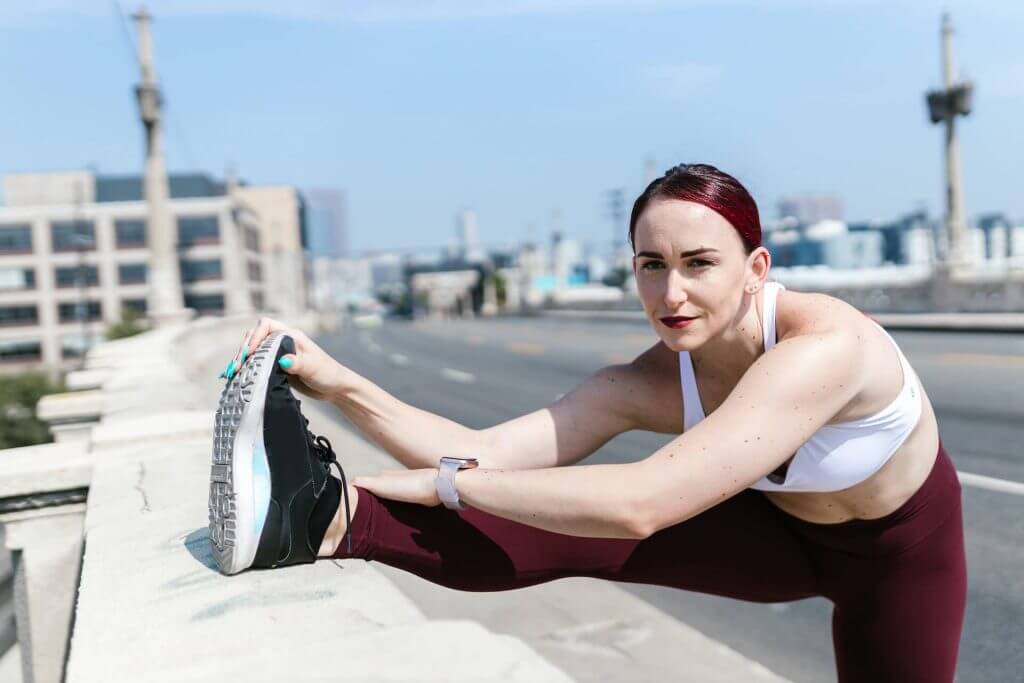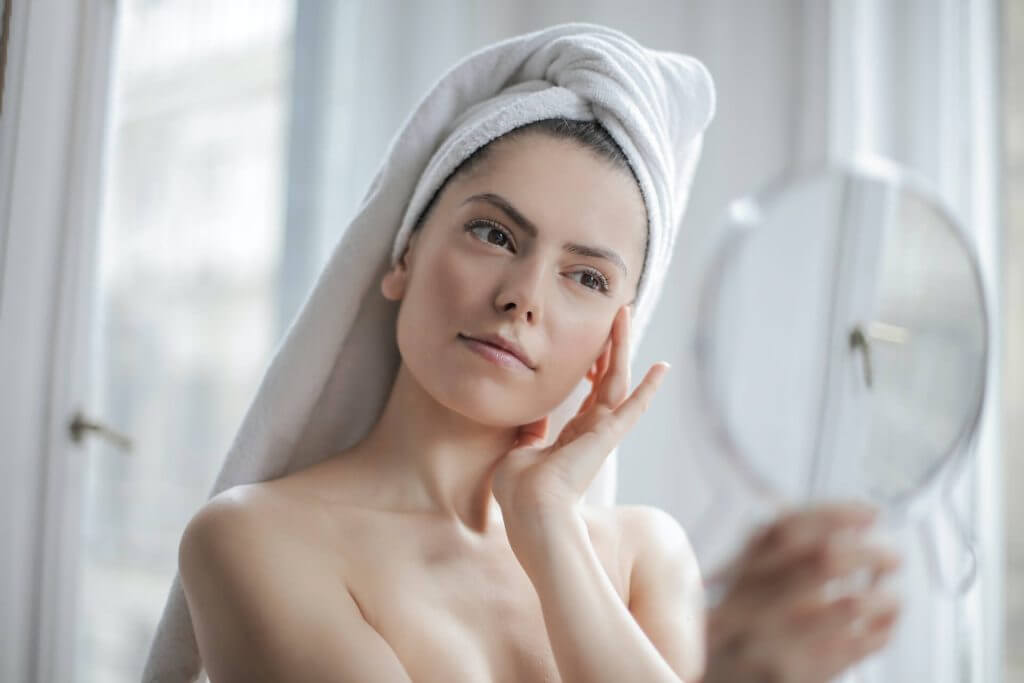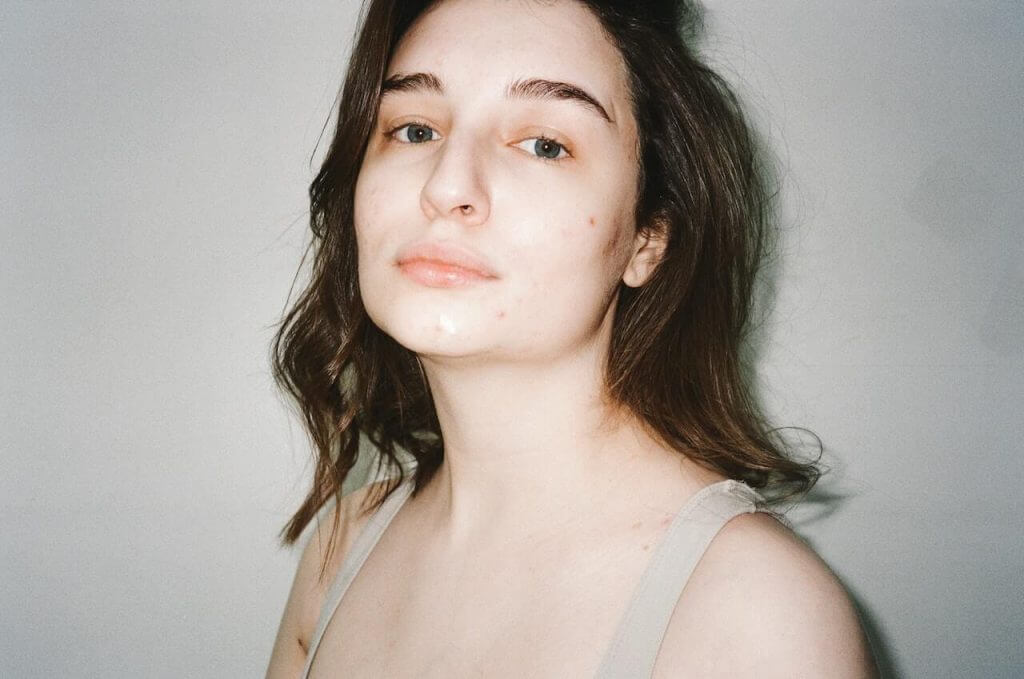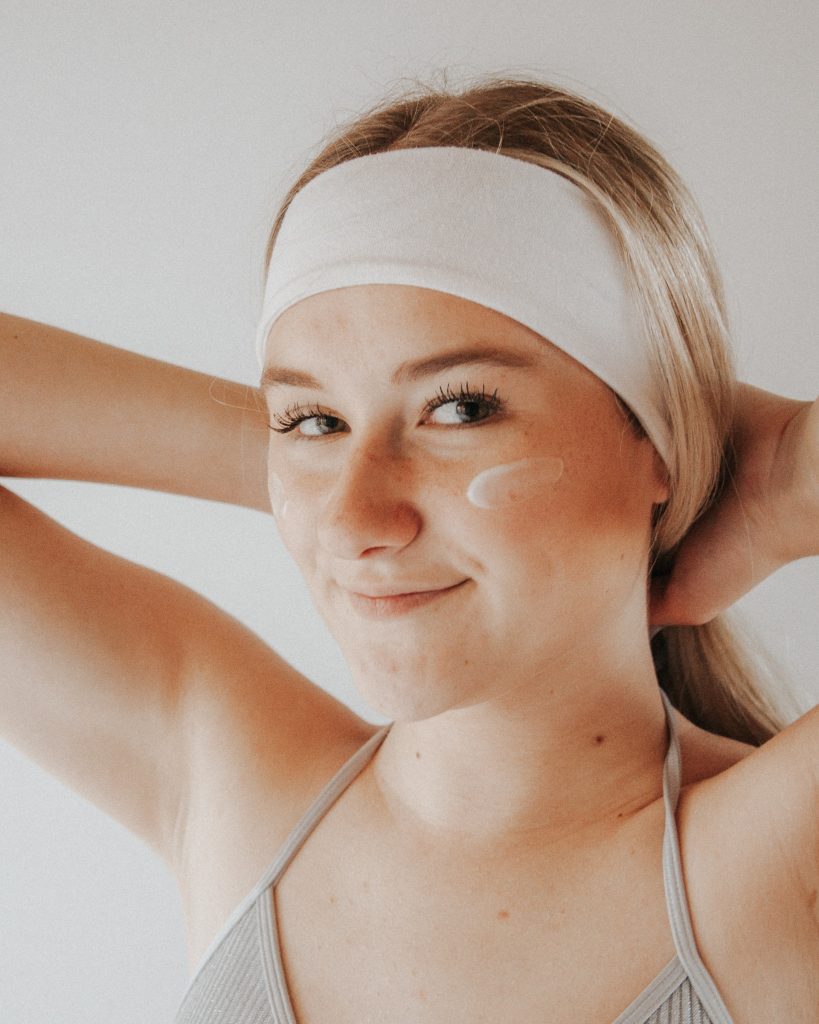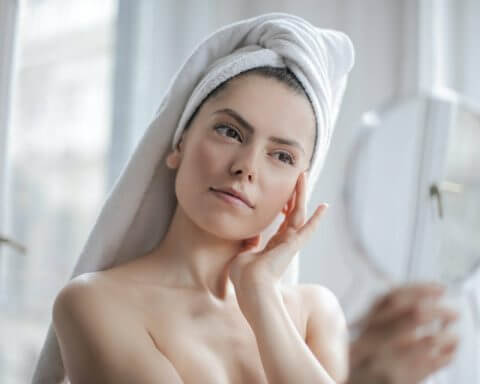Have you been experiencing acne and breakouts for a long time? If so, regular use of milk in your diet might be the reason. According to some research, milk may contribute to skin issues, including acne. Remember that what you eat and drink affects your skin.
Even though diets rich in antioxidants and good fats might improve the skin, other foods, such as dairy products, can damage it.
Continue reading to find out if your propensity for drinking lactose-free milk is the real cause of your acne.
Lactose-Free Milk- What You Need to Know
A milk product is called lactose-free when treated with lactase enzyme to reduce the amount of lactose. Some people may find lactose in milk or milk products difficult to digest. Manufacturers of milk products add Lactase to cow milk to produce lactose-free milk. People that can tolerate dairy products have the natural mechanism to produce the lactase enzyme to break down lactose in their body.
The finished lactose-free milk is almost the same as conventional or regular milk in terms of texture, flavor, and vitamin content. Conveniently, it functions similarly to regular milk. That means you can use it as a substitute for your favorite recipes.
Can Milk Cause You Acne Problems?
Typically, consuming dairy products does not directly cause acne. However, there is proof that dairy products such as milk with a natural amount of lactose and acne are connected.
The American Academy of Dermatology (AAD) found that women who consume two or more glasses of milk per day are 44 percent more likely to develop acne than other women. There is proof that certain hormones in dairy products or lactose-free may affect acne outbreaks.
Most farms utilize synthetic hormones on cows for their growth and over-production of milk. According to research findings, ingesting lactose-free milk and dairy products made from hormone-treated cows may disturb your body’s normal hormone balance.
This, in turn, may result in pimples and other skin problems.
Another theory is that a child’s body is built to secrete the vital enzymes required for milk digestion. However, they have a harder time digesting milk as they become older. This results in lactose intolerance, leading to various health problems, including indigestion, flatulence, and even skin conditions like skin inflammation and acne.
According to a different notion, dairy products might cause insulin levels in people to fluctuate when consumed along with a lot of refined meals or processed sugars. Your skin becomes more prone to acne as a result. Dairy products come in a wide variety. However, not all dairy products tend to cause breakouts and acne. Some foods, including skim milk, can contribute to acne.
Unfortunately, milk’s lactose isn’t the culprit because lactose-free milk won’t significantly affect your acne. If you’re lactose intolerant, the risk of getting pimples are higher from consuming milk.
The protein in dairy products called whey is the big culprit when it comes to acne, pimples, and skin imperfections. The whey protein contributes to breakouts, acne, and skin blemishes. Drinking lactose-free milk doesn’t guarantee you won’t get pimples.
According to some studies, people who consume one or more milk daily are more likely to develop acne than those who consume one to five glasses a week. Additionally, you are more likely to develop acne if you are between the ages of 7 and 30.
Surprisingly, skim milk can cause more outbreaks than whole milk. Therefore, it can be said that milk’s fat content is not the main factor causing breakouts.
What Components in Dairy Can Cause Acne
Artificial Hormones
Recombinant bovine growth hormone, or rBGH, a synthetic hormone, is frequently administered to cows to boost milk production. IGF-1 is a growth factor that promotes milk production. The higher IGF-1 levels in rBGH-treated cows’ milk can lead to breakouts.
Even if people absorb modest amounts of more IGF-1 from rBGH-treated animals, it could exacerbate acne.
IGF-1 Growth Factor
The blood hormone IGF-1 reaches its peak throughout adolescence, when acne is typically at its worst. IGF-1 causes an increase in sebum production, which clogs pores and causes acne. Other acne-producing hormones and IGF-1 are naturally present in milk and can worsen your skin problems.
Dehydroepiandrosterone-DHEAS
Scientists link another hormone called DHEAS in cow milk to an increase in acne. According to a study, many acne-prone women may experience fewer acne outbreaks when their DHEAS levels are higher.
Other hormones like DHT and testosterone can be produced at higher levels thanks to DHEAS. Acne lesions can potentially be a result of higher amounts of these androgens.
Increased Insulin
Insulin is a substance that can also promote hormonal acne, just like IGF-1. Even more surprisingly, yogurt and other dairy items can raise insulin levels higher than plain white bread. The additional sugar in commercial yogurt may be the primary cause of this.
Lactose Intolerance
Acne can also result from lactose intolerance. Indigestion and other digestive issues are lactose intolerance are one of the leading causes of indigestion and digestive issues. Acne is often the result of microbial imbalances in the body, inflammation, and even oxidative damage.
Alternatives to Lactose-Free Milk
Acne can also result from lactose intolerance. Indigestion and other digestive issues are lactose intolerance are one of the leading causes of indigestion and digestive issues. Acne is often the result of microbial imbalances in the body, inflammation, and even oxidative damage.
Coconut Milk
A good non-dairy choice for cow milk is coconut milk, which is suitable for people with acne-prone skin. In addition to having anti-inflammatory characteristics, coconut milk is a great source of skin-clearing vitamins and minerals like magnesium, selenium, and potassium. Additionally, it contains little sugar and omega-6 fatty acids, which cause inflammation.
Almond Milk
You can choose more non-dairy options like cashew, almond, or other nut-based milk instead of animal milk. A far safer option than cow milk is nut milk. The absence of hormones that cause sebum production is the almond and nut milk’s most well-known advantage.
Summing Up
While lactose is the primary cause of acne for milk drinkers, consuming lactose-free milk doesn’t eliminate the risk. You may get acne if you choose lactose-free milk due to cow’s milk’s growth hormones and proteins.
Links
- https://mycozyroom.com.sg/milk-and-acne-does-milk-causes-acne-breakouts/
- https://www.healthline.com/nutrition/lactose-free-milk
- https://flo.health/menstrual-cycle/lifestyle/diet-and-nutrition/lactose-free-milk
LET US KNOW YOUR THOUGHTS


